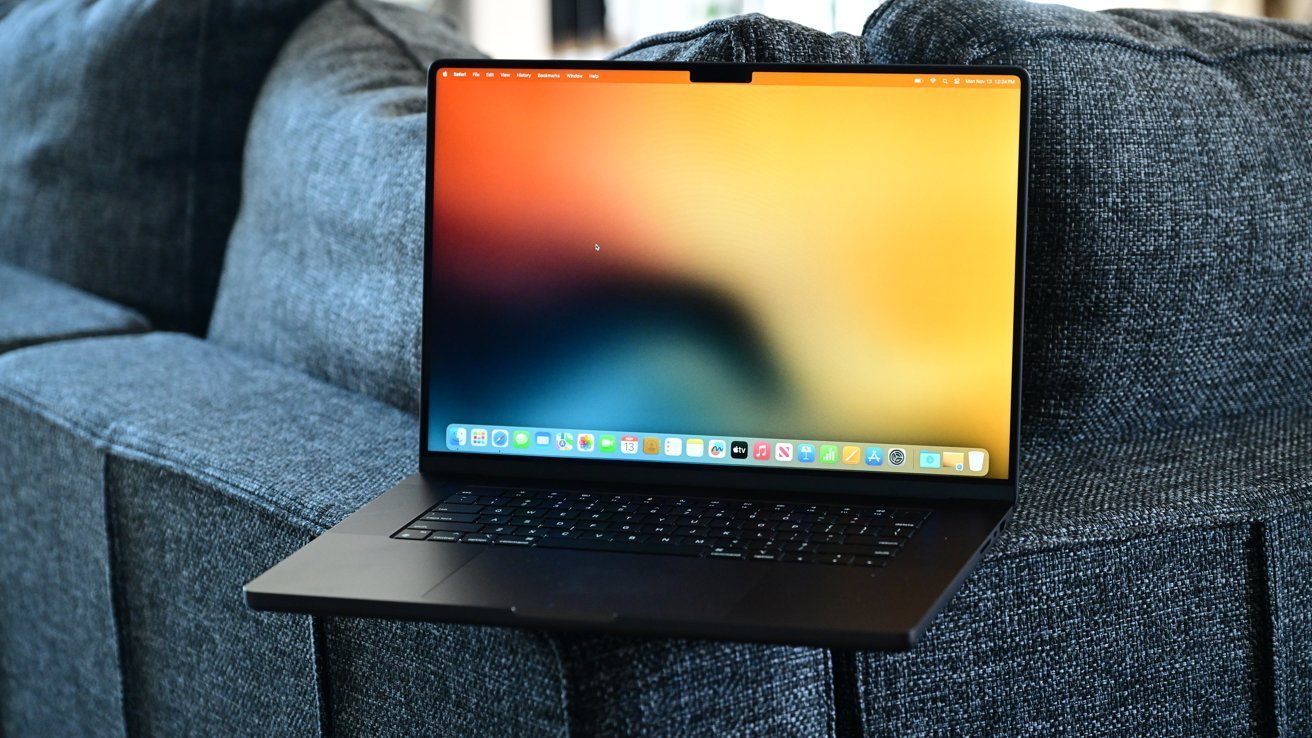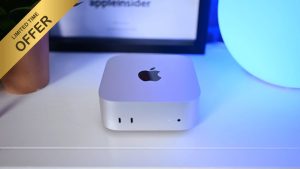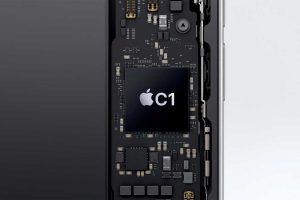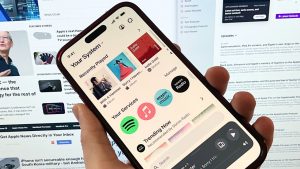
The 2023 MacBook Pro was the first to offer a Space Black option.

Apple will update the current MacBook Pro again in 2025, but those waiting for a significant redesign may have to wait a little longer.
The company often tweaks the hardware of its MacBook Pro lineup from year to year. Major redesigns are more generational with roughly five years between enclosure refreshes.
The lineup saw a few notable changes since its last major redesign in 2021. In a report on Sunday, Apple is said to be likely to launch an all-new look for the notebook in 2026
The recently-announced 2024 MacBook Pro retains the design and new color option — Space Black — of the 2023 models. The ports are still Thunderbolt 4 for the M4 version, but the M4 Pro and Pro Max will get Thunderbolt 5 ports instead, which double the bandwidth.
The 2025 version is expected to keep the same design, with only the processor being upgraded to the expected M5 chip family. The 2026 model, however, is expected to see significant changes from the current design — changing from mini-LED displays to OLED, and is said to be notably thinner and lighter, according to Bloomberg.
MacBook Pro designs through the years
The first Apple notebook using the name “MacBook Pro” appeared in 2006, and so a 2026 redesign would be an appropriate way to celebrate the laptop’s 20th anniversary. By today’s standards, the 2006 was thick, boxy, and heavy weighing in at 5.6 pounds.
It was the first Mac notebook to feature the then-new MagSafe power connector, and the first to have a backlit keyboard. It was also the first to sport an Intel-based processor.
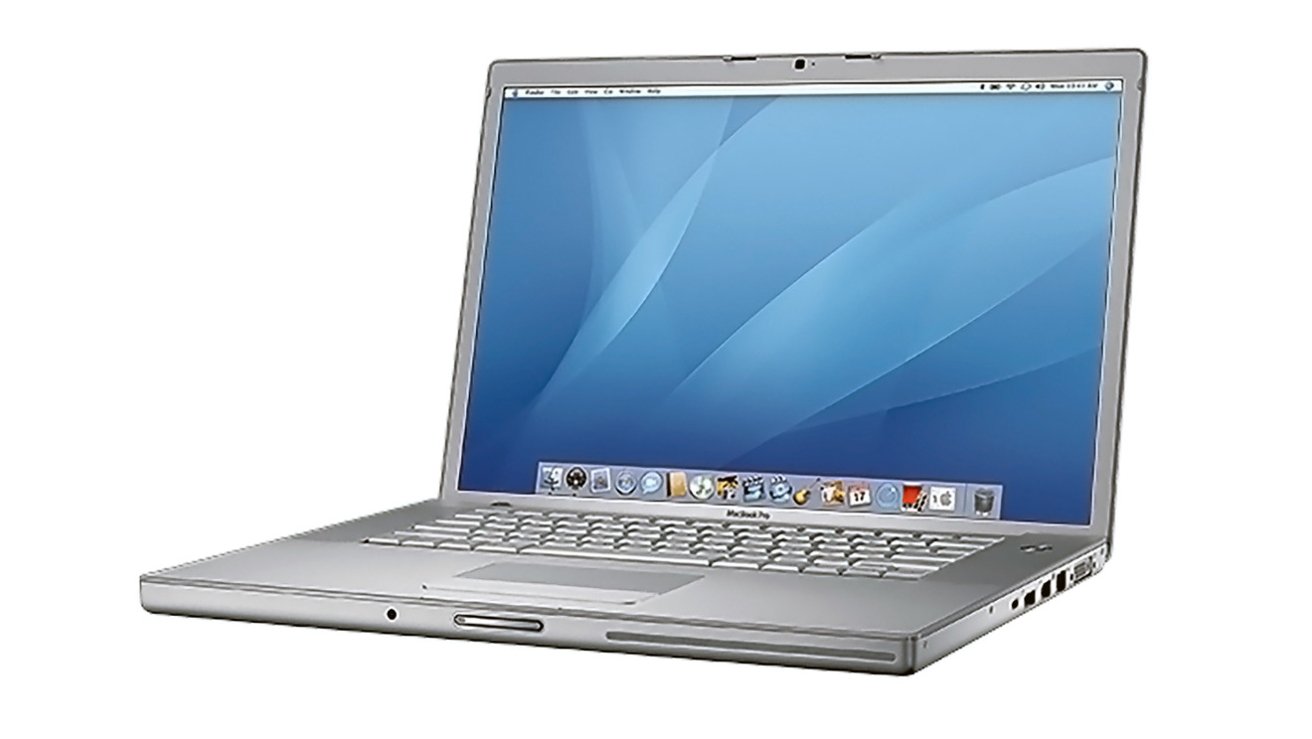
The 2006 first-edition MacBook Pro. Image credit: Apple
Just two years later, in 2008, Apple came out with a new aluminum enclosure dubbed the “unibody” design that featured rounded corners, and tapered sides. Uniquely, it had all its ports on the left side, and only the Superdrive slot on the right.
In 2012 — four years later — Apple brought out a far slimmer redesigned MacBook Pro that featured a better-than-HD Retina Display. In doing so, however, it dropped the inclusion of a built-in optical Superdrive, which was never to return.
This MacBook Pro was also the first to include an HDMI port, as well as SSD-based storage. It also sported a new and thinner MagSafe 2 power connector.
In 2015, Apple made one minor but significant hardware change to the 2012-design MacBook Pro: it revised the trackpad to incorporate Force Touch, which simulated the feel of actually pressing the surface downwards, replacing that mechanical motion with haptic feedback.
The company revised the design of the MacBook Pro yet again in 2016 to make it thinner and lighter, and introduced a multitouch OLED touchbar — replacing the previous row of function keys. This new model also included Thunderbolt 3/USB-C ports for the first time.
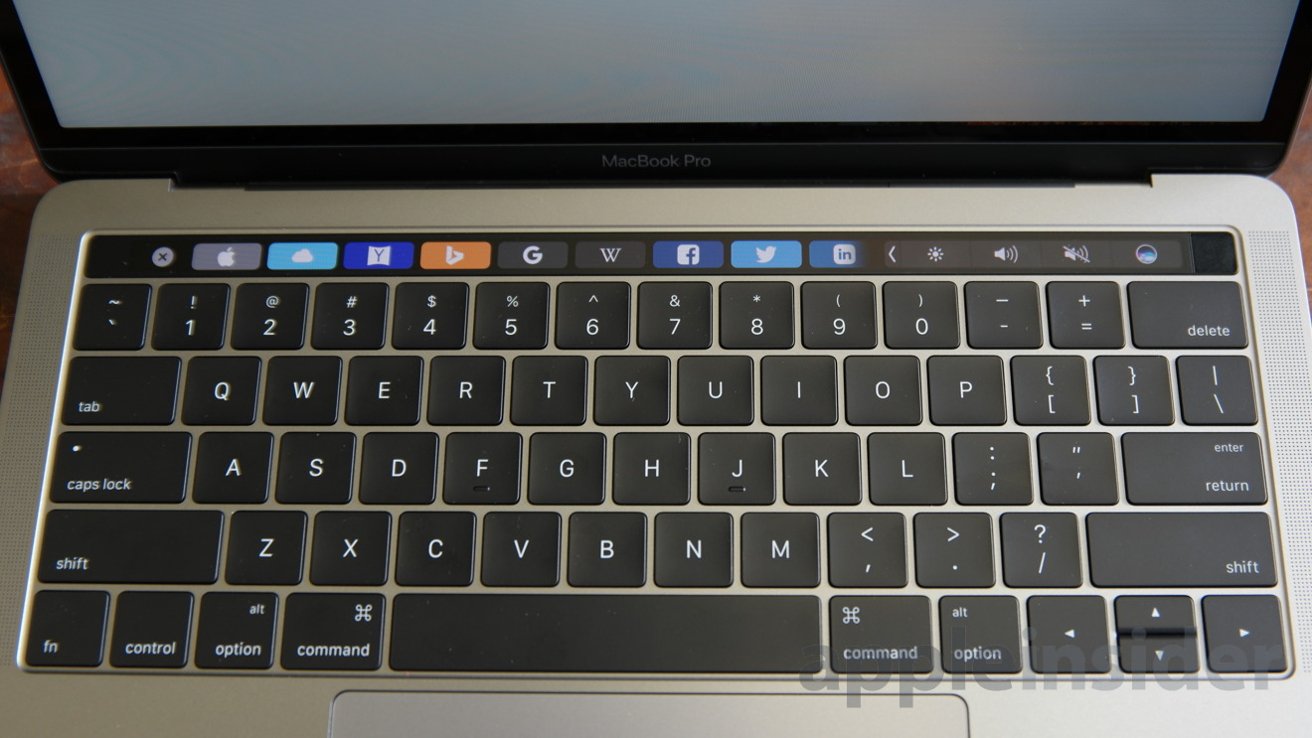
A 13-inch MacBook Pro with touch bar, which could change function by application.
In addition, it had a dramatically larger trackpad, but removed the MagSafe 2 charging port in favor of a fourth USB-C/Thunderbolt port for charging. It also introduced the now-notorious “butterfly” keyboard, but also incorporated a Touch ID sensor for easier access.
In 2017, Apple introduced the second-generation “butterfly” keyboard, and added the touchbar to the entry-level 13-inch model. Apart from the keyboard change, the model was not significantly different from the 2015 version.
Repair data from Apple-authorized service providers suggested that both versions of the “butterfly” keyboard were only mildly more prone to failure than the previous keyboards. Apple eventually settled a lawsuit over the keyboards with a $50 million payout that offered free repairs and compensation to affected MacBook owners.
In late 2019, Apple introduced the 16-inch MacBook Pro, featuring the largest Retina Display the company had yet brought out. More importantly, the company finally gave up on the “butterfly” keyboard design, calling the new version the “Magic” keyboard.
The new model also featured a much higher-fidelity six-speaker sound system and improved mic array for better sound both coming out of the machine, as well as going into it.
The Apple Silicon era
The following year saw the arrival of Apple’s own ARM-based M1 processor, and the 13-inch MacBook Pro, alongside the M1 MacBook Air, were the first models to be released with it in November of that year.
Apple revised the now-14-inch and 16-inch MacBook Pro lines yet again in 2021. These new models brought back the MagSafe charging port, dropping the number of Thunderbolt 4/USB-C ports to three. It dropped the Touchbar from the larger model, returning to physical function keys.
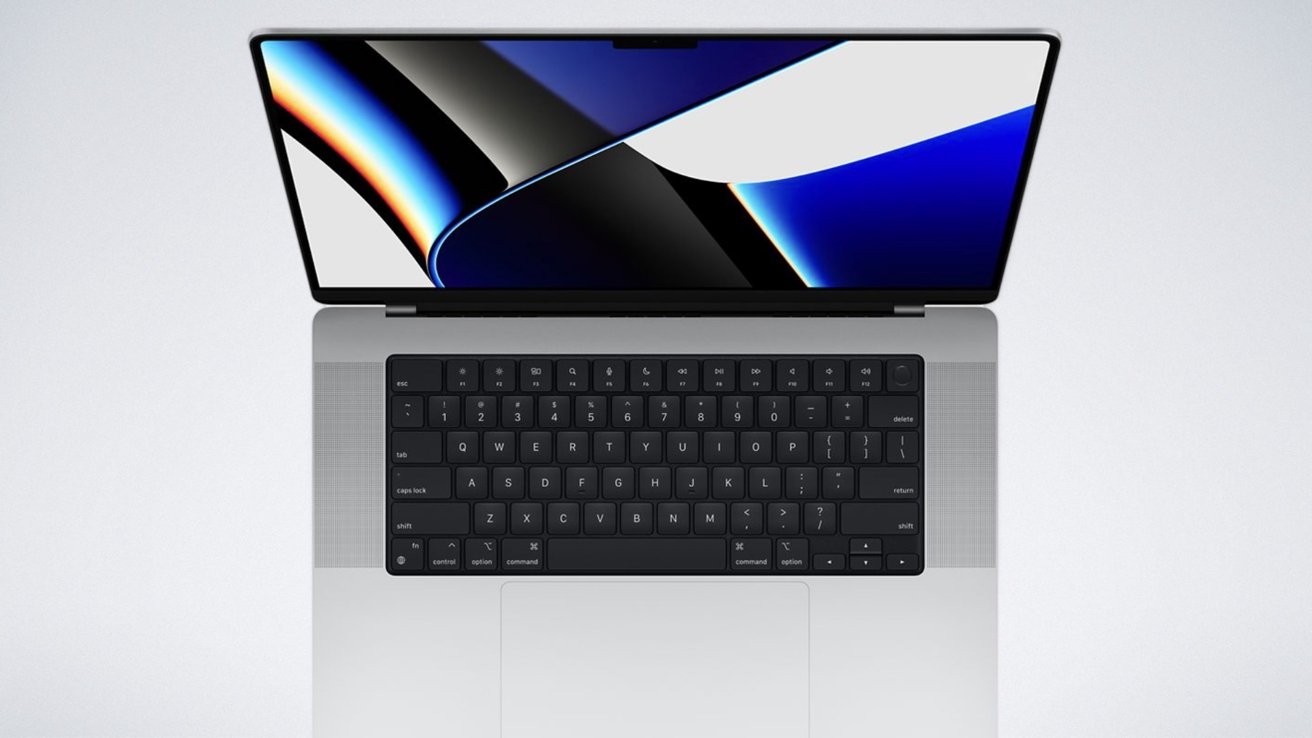
The 2021 MacBook Pro returned to physical function keys after user outcry.
For comparison purposes, by this time Apple had managed to shave an entire pound off the weight of the 16-inch MacBook Pro compared to the 2006 15-inch MacBook Pro. That’s an average of about one ounce lost per year.
The chassis on the two models used a new design that allowed for bringing back the HDMI port as well as incorporating an SDXC card slot for camera cards. The built-in camera on the 16-inch was upgraded to 1080p at long last as well.
In 2022, Apple revised the design very slightly to remove the touchbar in favor of returning the function key row to the 13-inch model, with both models now sporting the M2 processor. The hardware design was otherwise unchanged from the 2021 M1 model.
If Apple significantly revises the hardware design of the M5 MacBook Pro in 2026, it will be the first big case change since 2021. According to new Apple specifications for the forthcoming M4 MacBook Pro lineup, the only design change in the 2024 model is the new option for nano-texture glass on the display.

